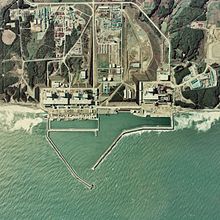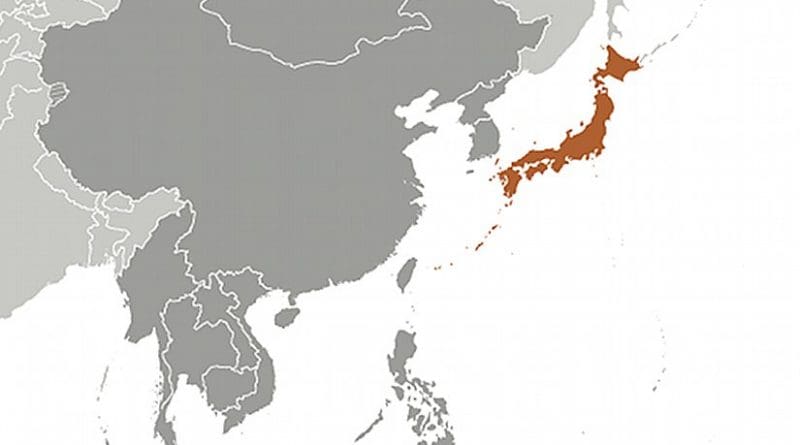Japan: Aftershock Temporarily Halts Fukushima Nuclear Plant Cooling
Power to cooling pumps at Fukushima Daiichi units 1, 2 and 3 was disrupted for around fifty minutes after a new powerful aftershock. Power supplies to other reactors in the region were not affected. The government announced that it is considering expanding the evacuation zone around the plant.
The new aftershock struck at 5:16pm. The epicentre of the quake was located close to the coast of Fukushima-ken Hamadori. A tsunami warning was issued by the Meteorological Agency, but this was subsequently lifted.
External power supplies to units 1, 2 and 3 at Fukushima Daiichi were lost following the aftershock, stopping the injection of cooling water to the reactors. However, supplies were restored to the water pumps fifty minutes later.
According to the Japanese Nuclear and Industry Safety Agency, there was no disruption to external power supplies at the Fukushima Daini and Tokai nuclear power plants, nor at the Rokkasho reprocessing plant. There were no changes reported to radiation readings at any of the sites.
Evacuation zone extension

Japan’s chief cabinet secretary, Yukiyo Edano, announced that the government is considering extending the evacuation zone around the stricken Fukushima Daiichi plant.
The current zone covers a 20 kilometre radius around the plant, while people living between 20km and 30km from the plant have been advised to remain indoors. However, Edano said that, based on accumulated radiation exposure levels, the government may advise residents within the 20-30km zone to also evacuate the area. Furthermore, he said that the government is considering advising some people who live beyond 30km from the plant to evacuate areas where cumulative radiation exposure risks are higher.
According to a report from the NHK news agency, residents in the expanded area will be instructed to prepare to leave their homes within a month or so. According to NHK, the expanded zone would include the villages of Katsurao and Iitate, the town of Namie, and some areas of Kawamata Town and Minami Soma City.
Edano said that the possibility that the situation could worsen at the Fukushima Daiichi plant could not be ruled out.
Public apology
“One month has passed today since the occurrence of unprecedented natural disaster,” said Masataka Shimizu, president of Tokyo Electric Power Co (Tepco), owner of the Fukushima plant. “We sincerely express our heartfelt sympathy to the people who were affected by the disaster.”
Speaking during a visit to Fukushima prefecture, he added, “We would also express our sincere apologies to the Japanese people for causing great concern, anxiety and inconvenience due to the trouble at Fukushima Daiichi nuclear power plant.” Shimizu pledged, “Cooperatively working with the national and local governments and having aid from outside experts, we will concentrate all our resources to resolve this difficult situation and dedicate ourselves to the restoration and the support of the affected communities.”
Researched and written by World Nuclear News

